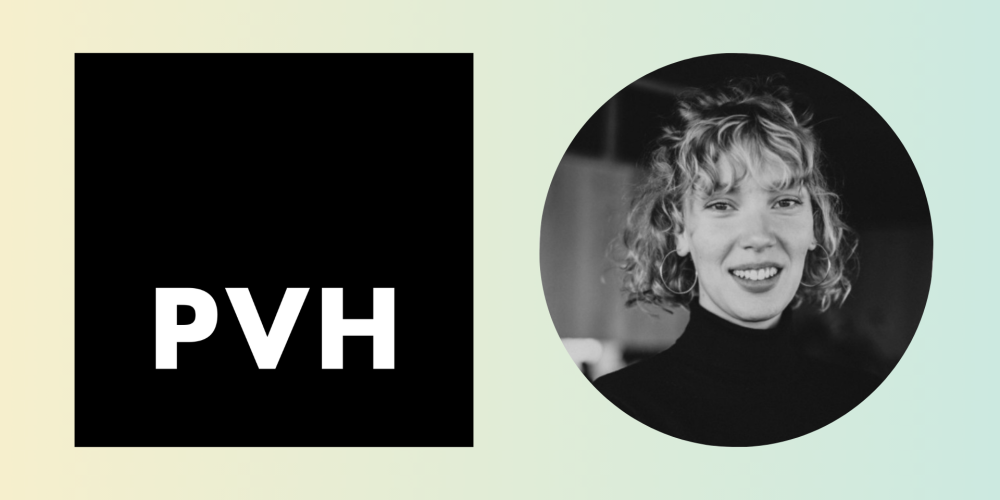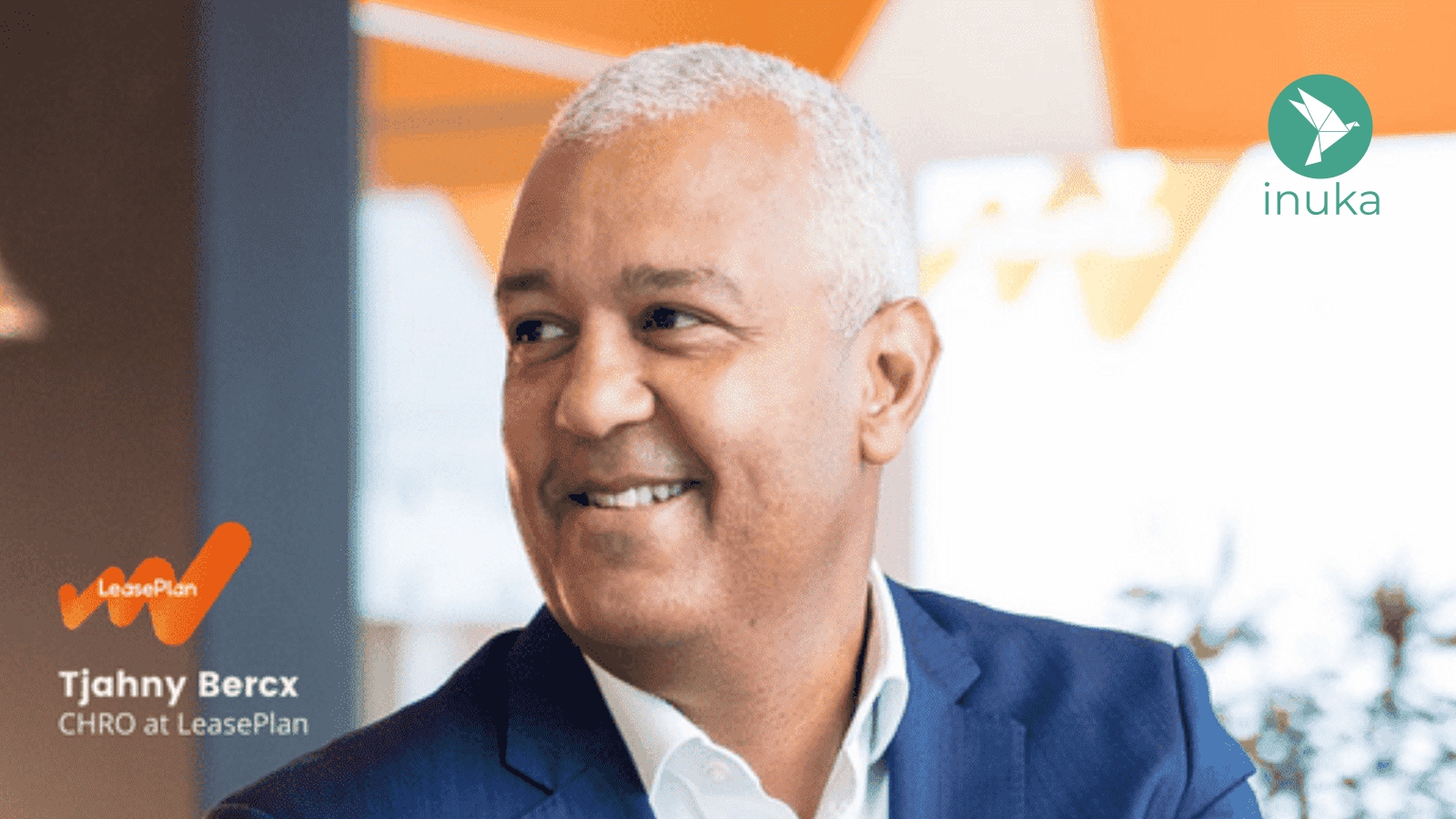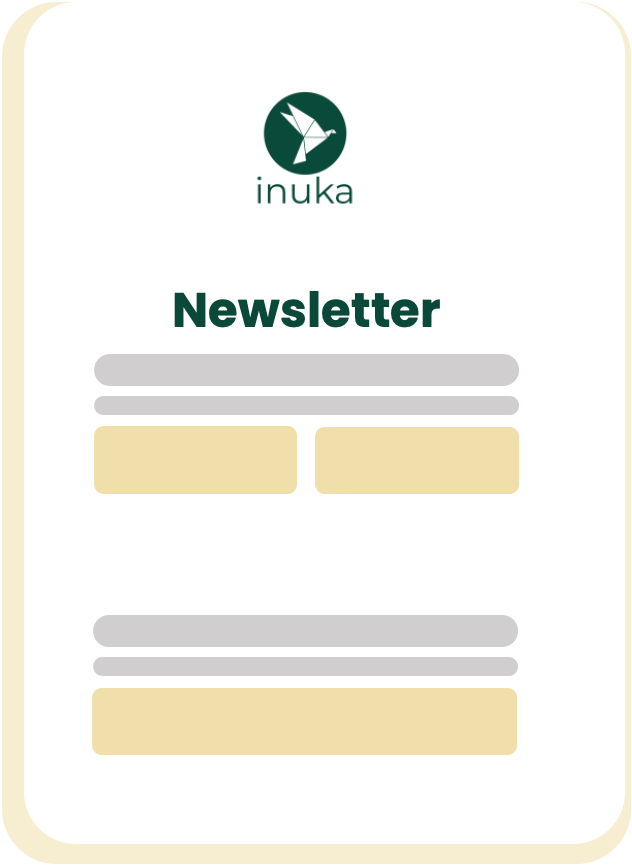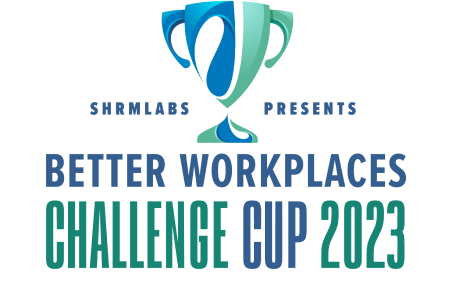What happens when online coaching is more than a perk?
PVH Europe shows how it can become your most powerful well-being strategy — with real results.
“People felt stuck. Coaching gave them movement.”
That’s how Lotte Floors, Senior Manager Employee Engagement & Inclusion at PVH Europe, described the impact of their coaching program.
Before coaching, her teams felt tired. Disconnected. Burnt out.
After coaching? They were taking steps again.
This is the story of how one HR team went from “we should support well-being” to actually doing it — and what we can all learn from their journey.
Why HR needs a new well-being strategy
Let’s be honest — well-being is no longer a nice-to-have.
It’s a business strategy. And a survival one.
Burnout, disconnection, and retention issues are no longer HR buzzwords. They’re expensive.
📉 $1 trillion globally lost to poor mental health (WHO)
📉 £56 billion lost annually in the UK alone (Deloitte, 2023)
But here’s the catch:
Most programs — like EAPs or internal training — don’t get used.
That’s why PVH Europe tried something different: online coaching that was proactive, personal, and easy to access. And it has been working – for 4 years, and counting!
What they did differently (and why it worked)
PVH didn’t treat coaching like a perk.
They treated it like a priority.
- Piloted it with a few teams
- Rolled it out across Europe
- Gave each department a target (because structure = momentum)
- Had leaders and “well-being champions” share their own stories
- Tracked progress — live, in dashboards
In other words, they made it normal. Visible. Strategic.
And the results?
📈 25% of employees joined (way above the 3–5% EAP average)
💬 Average of 6 sessions per person
📈 More than 135 associates improved their well-being score
💚 High satisfaction across departments
💸 400% return on investment (from lower burnout + higher retention)
This isn’t just “feel good.” This is business-smart.
What got in the way — and how they handled it
Even great strategies hit bumps. PVH faced 3 common hurdles:
1. Who owns the program internally?
Solution: Appointed a dedicated internal lead + well-being ambassadors.
2. What happens when leadership changes?
Solution: Used data dashboards to prove ROI and keep leadership on board.
3. Will people actually use coaching?
Solution: Shared stories, not stats. Internal champions made it relatable.
Why online coaching works better than EAPs or training
Proactive — supports people before burnout hits
Measurable — uses validated scans and personal goals
Soft skills builder — boosts resilience, emotional intelligence, adaptability
Scalable — fits into hybrid workplaces and fast-changing cultures
This is why more HR teams are turning to scalable coaching solutions instead of reactive programs.
6 ways to make coaching work in your company
PVH’s journey — and behavioural science — show this works best when you:
- Frame it as personal growth — not “mental health support”
- Use data — connect coaching to KPIs like retention and engagement
- Don’t wait for opt-ins — make it part of development plans
- Normalise it — onboarding, internal campaigns, leader visibility
- Offer different coaching formats — 1:1, group, workshops
- Keep refreshing the message — avoid the post-launch fade
Want to learn exactly how they did it?
🎥 Watch the full roundtable with Lotte Floors
📚 Read the PVH case study
💻 Schedule a call with Arjan for a demo
Final word
Coaching isn’t about “fixing” people.
It’s about creating space for people to grow — before they burn out.
PVH Europe made well-being personal, measurable, and embedded into their culture.
You can too.







